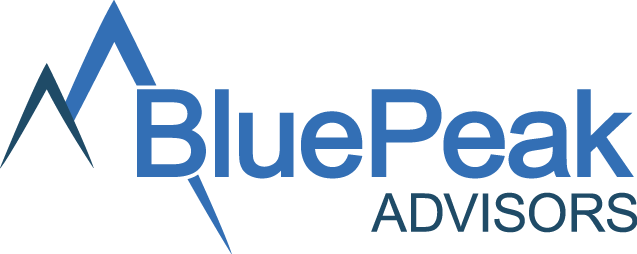In 2019, Medicare introduced new policies for opioid prescriptions in the Medicare Part D prescription drug program to encourage pharmacies, prescribers, and Medicare drug plans to work together with the enrollee to ensure the safe use of prescription opioids. These policies included opioid safety reviews (i.e. an opioid naïve edit, a 90 high morphine milligram equivalent (MME) opioid care coordination edit, an optional high MME hard edit, duplicate long-acting opioid therapy soft edit, and a concurrent benzodiazepine-opioid soft edit) as well as the Overutilization Monitoring System (OMS)/Comprehensive Addiction and Recovery Act (CARA) drug management program. As the year comes to a close, the Centers for Medicaid & Medicare Services (CMS) utilized the 2019 MA & PDP Fall Conference to share three plan’s experiences with the 2019 opioid safety edits and the drug management program. These three plans shared what plans can do to ensure a successful and effective opioid safety program.
When implementing any initiative but especially an initiative that has the potential to impact a significant number of enrollees, a strong and robust implementation strategy is key to ensuring the smoothest transition possible. The plans contributed their successful implementation of the opioid safety edits and drug management program to considering the following factors:
- What is the plan’s communication strategy for enrollees, prescribers, and pharmacies?
- What is the testing plan and how much time is needed to test all possible scenarios and update/build any necessary coding?
- What is the training plan and who needs to be included?
- Does the plan have adequate staffing to address an increase in phone calls to the call center as well as an increase in the number of coverage determinations and appeals?
- How should pharmacies address exceptions to the safety edits when they are known by the point-of-sale pharmacy but not captured in the claims system?
- How will the plan monitor post-implementation?
- Claims and trends
- Frequency of monitoring
- Outbound calls to pharmacies to understand the retail pharmacy’s experience
Now that the plans have a year under their belt with their drug management programs, the following best practices were identified to ensure effective care coordination between the enrollee, the prescriber, and the pharmacy:
- Utilize the experience and resources of the plan’s pharmacy benefit manager (PBM), especially for small plans with limited resources as well as for new plans.
- Utilize robust reporting that captures year-to-date report of case management activity and trends.
- Create drug management program case packets that include documentation of the case management review, outreach, prescriber feedback, final limitation decision, copies of notices that were sent to both the prescriber and the enrollee.
- Utilize pharmacists for outreach to prescribers who do not respond to the initial response form.
- Provide opioid education for both the plan’s clinical staff as well as plan providers.
- Pharmacist Pain Management certificate training (available from the American Society of Health-Systems Pharmacists)
- Motivational interview techniques
- Non-opioid pain management strategies
- Opioid therapy tapering
- Addiction identification and treatment
As plans prepare for the upcoming 2020 plan year, now is the time to evaluate their opioid programs for opportunities. What went well and what could be improved? Plans should also review the 2020 Final Call Letter to ensure that they have incorporated the necessary updates to their opioid strategy.
- Does the plan’s formulary have at least one naloxone product on a generic or Select Care tier?
- Has the plan addressed naloxone co-prescribing?
- Ensure coverage for enrollees who are more susceptible to opioid-associated harm (e.g., substance use disorder, claims history of > 50 MME per day, concurrent benzodiazepine use).
- Work with the plan’s pharmacy benefit manager to implement patient-specific pharmacy messaging to alert pharmacists to dispense naloxone to at risk beneficiaries taking opioids in states that allow standing naloxone orders.
- Educate prescribers and enrollees on the benefits of co-prescribing naloxone.
- Does the plan’s formulary include medication-assisted therapies in preferred formulary tiers?
- Does the plan’s formulary cover generic medication-assisted therapies in generic tiers only?
- Does the plan have the appropriate exclusions (residents of long-term care facilities, enrollees in hospice care, those receiving palliative end-of-life care, enrollees being treated for active cancer-related pain, and enrollees with sickle cell disease) to the opioid safety edits in place?
- What non-opioid pain therapies does the plan offer?
By evaluating and incorporating policy updates into their opioid strategy, plans have the potential to continue to see decreased opioid utilization, increased prescriber engagement, increased care coordination and improved outcomes for enrollees with pain.
Plans can find guidance as well as educational materials for provider, enrollees and other partners on the Improving Drug Utilization Review Controls Part D webpage: https://www.cms.gov/Medicare/Prescription-Drug-Coverage/PrescriptionDrugCovContra/RxUtilization.html.
